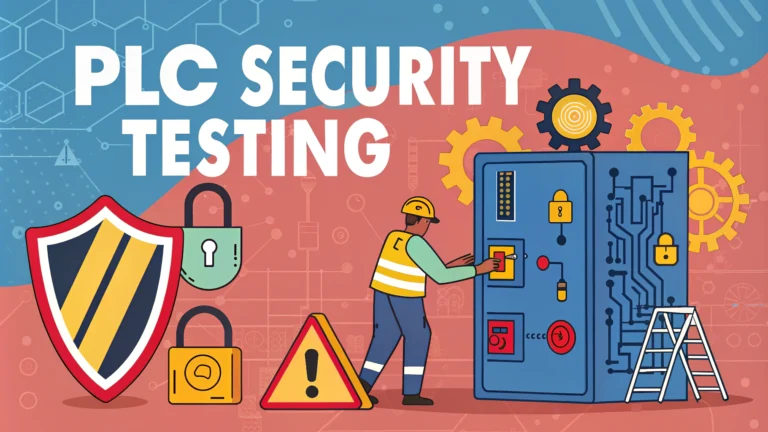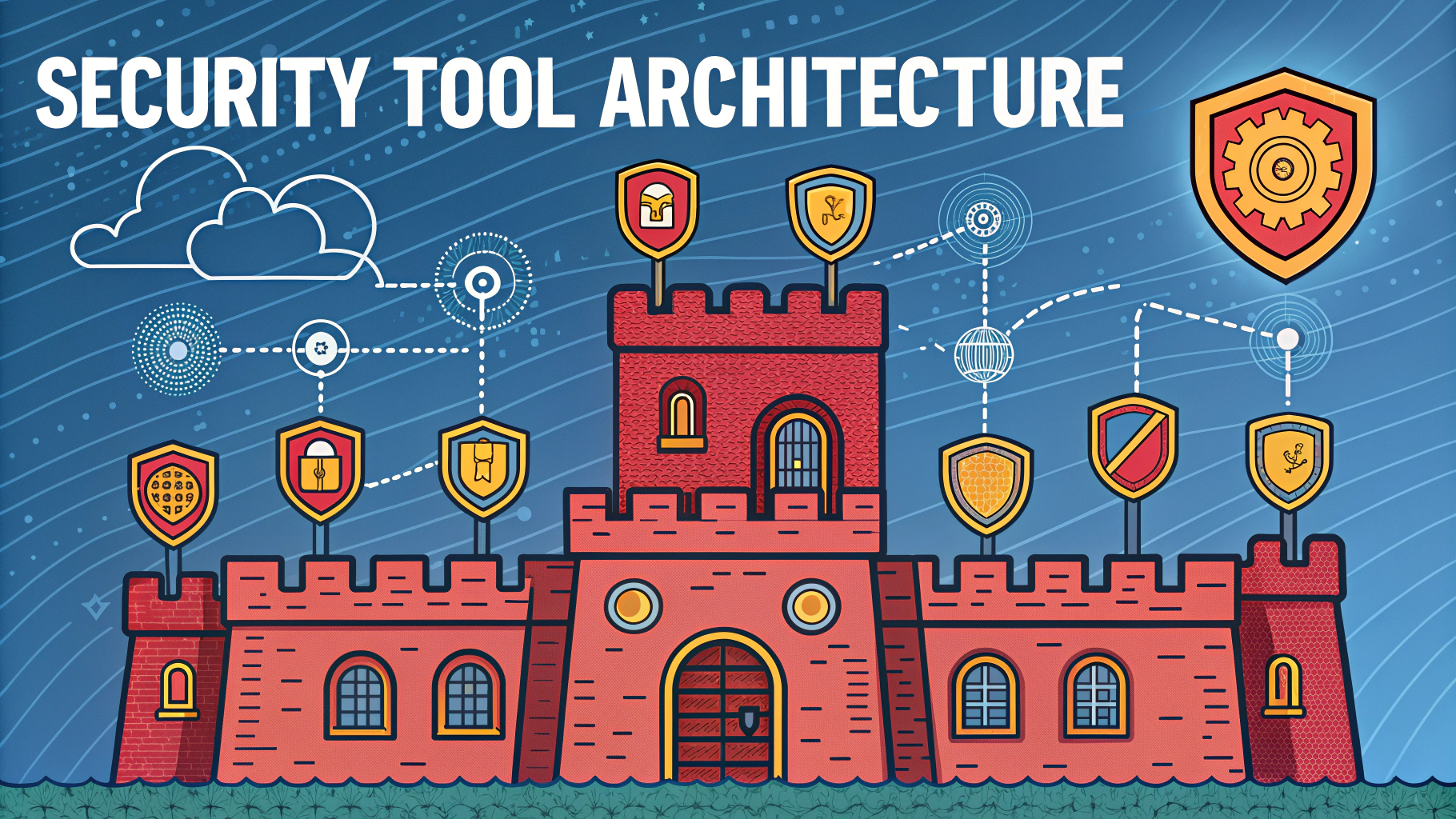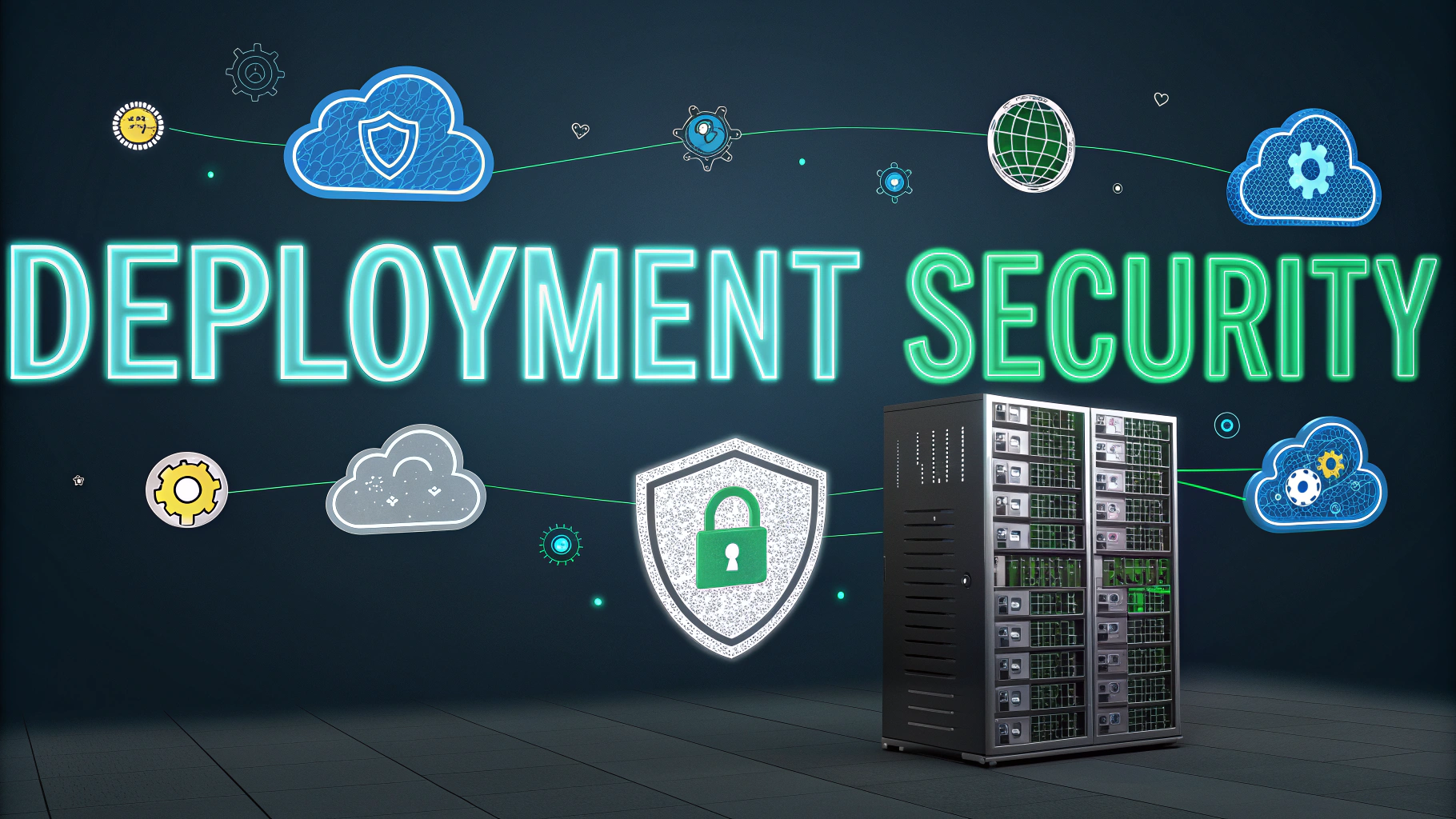PLC security testing identifies vulnerabilities in industrial control systems to protect critical infrastructure from cyber threats.
Regular penetration testing of PLCs helps organizations prevent costly downtime and potential safety incidents that could result from unauthorized access.
This guide covers key methods, tools, and best practices for conducting effective PLC security assessments.
Essential PLC Security Testing Components
- Network architecture review
- Protocol analysis
- Firmware security assessment
- Authentication testing
- Communication channel security
- Access control verification
Common PLC Vulnerabilities
Default passwords and weak authentication remain among the most exploited security gaps in PLC systems.
Unencrypted communications between PLCs and engineering workstations can expose sensitive control data.
Outdated firmware versions often contain known security flaws that attackers can leverage.
Testing Tools and Methods
- Wireshark – Protocol analysis and network traffic inspection
- Nmap – Network discovery and port scanning
- Metasploit – Vulnerability testing and exploitation framework
- PLCScan – PLC device discovery tool
- ISF (Industrial Security Framework) – Specialized industrial testing toolkit
Security Testing Process
- Gather system documentation and network diagrams
- Identify PLC models, firmware versions, and protocols
- Conduct passive network monitoring
- Perform port scanning and service enumeration
- Test authentication mechanisms
- Analyze protocol security
- Check firmware security
- Document findings and remediation steps
Safety Considerations
Always obtain written permission before testing production PLC systems.
Coordinate testing windows with operations teams to minimize operational impact.
Maintain backup configurations of all tested devices.
Remediation Strategies
- Implement strong password policies
- Enable encryption for all communication channels
- Regularly update firmware to latest secure versions
- Segment PLC networks from corporate networks
- Deploy industrial firewalls
- Monitor system logs for suspicious activity
Testing Frequency
| Environment Type | Recommended Testing Frequency |
|---|---|
| Critical Infrastructure | Quarterly |
| Manufacturing | Semi-annually |
| Building Automation | Annually |
Professional Resources
Contact these organizations for certified PLC security testing services:
- ISA Security Compliance Institute (ISCI) – www.isasecure.org
- Industrial Control Systems Cyber Emergency Response Team (ICS-CERT) – www.cisa.gov/ics-cert
- SANS Institute Industrial Control Systems Security – www.sans.org/ics-security
Moving Forward with PLC Security
Regular security testing forms one part of a comprehensive industrial control system security program.
Document all testing procedures and results for compliance and improvement tracking.
Stay informed about new PLC vulnerabilities and testing methodologies through industry security advisories.
Integration with Other Security Controls
PLC security testing should integrate with broader industrial cybersecurity initiatives including:
- Asset management systems
- Change management procedures
- Incident response planning
- Employee security training
- Vendor management programs
Compliance Requirements
Different industries must adhere to specific regulations for PLC security:
| Industry | Key Standards |
|---|---|
| Energy | NERC CIP |
| Chemical | CFATS |
| Water | AWWA |
Testing Documentation
Required Records
- Test scope and objectives
- Testing methodologies used
- Discovered vulnerabilities
- Remediation recommendations
- Risk assessment findings
Advanced Testing Considerations
Modern PLC environments require additional testing focus areas:
- Cloud connectivity security
- Remote access mechanisms
- IoT device integration
- Supply chain security
Strengthening Industrial Control Security
Organizations must maintain continuous vigilance through regular security assessments and updates to protect critical PLC infrastructure.
Build a security-conscious culture that prioritizes both operational efficiency and cybersecurity best practices.
Establish partnerships with security vendors and industry experts to stay ahead of emerging threats and vulnerabilities.
FAQs
- What is PLC security penetration testing?
PLC security penetration testing is a systematic process of evaluating the security of Programmable Logic Controllers by identifying vulnerabilities and attempting to exploit them in a controlled environment to assess potential risks. - Why is PLC penetration testing important?
PLC penetration testing is crucial because PLCs control critical industrial processes and infrastructure. A security breach could lead to production disruptions, equipment damage, safety hazards, or environmental incidents. - What are the common vulnerabilities found in PLC systems?
Common vulnerabilities include weak authentication, unencrypted communications, hardcoded credentials, outdated firmware, unsecured ports, lack of input validation, and insufficient network segmentation. - What tools are typically used for PLC penetration testing?
Common tools include Wireshark for packet analysis, Nmap for network scanning, Metasploit for exploitation, PLCScan for PLC discovery, and specialized industrial protocol analyzers like Modbus Scanner. - How is PLC penetration testing different from regular IT penetration testing?
PLC penetration testing requires specific knowledge of industrial protocols (like Modbus, Profinet, EtherNet/IP), consideration for operational safety, and understanding of real-time requirements that aren’t present in standard IT systems. - What precautions should be taken during PLC penetration testing?
Testing should be conducted on test systems or during planned downtime, with proper backups, safety measures in place, and emergency procedures ready. Testing should never compromise operational safety or production stability. - What standards and regulations govern PLC security testing?
Key standards include IEC 62443 for industrial control systems security, NIST SP 800-82 for industrial control systems security, and industry-specific regulations like NERC CIP for power utilities. - What should a PLC penetration testing report include?
The report should detail discovered vulnerabilities, potential impact assessments, exploitation methods used, risk levels, and specific recommendations for remediation, including both technical and operational controls. - What are the key phases of PLC penetration testing?
The main phases include reconnaissance, network mapping, vulnerability identification, exploitation testing, impact analysis, and reporting with remediation recommendations. - How often should PLC security testing be performed?
PLC security testing should be conducted at least annually, after significant system changes, following security incidents, or when new vulnerabilities are discovered in similar systems.







